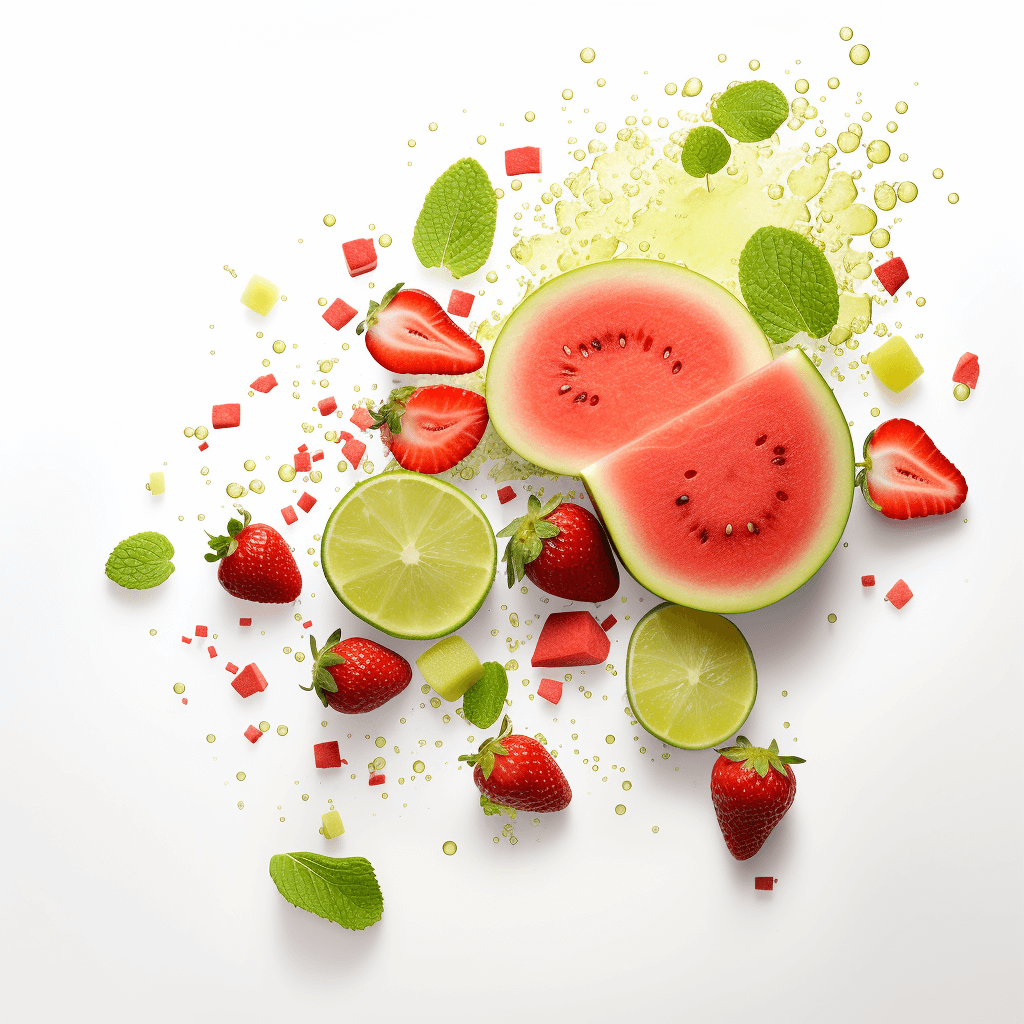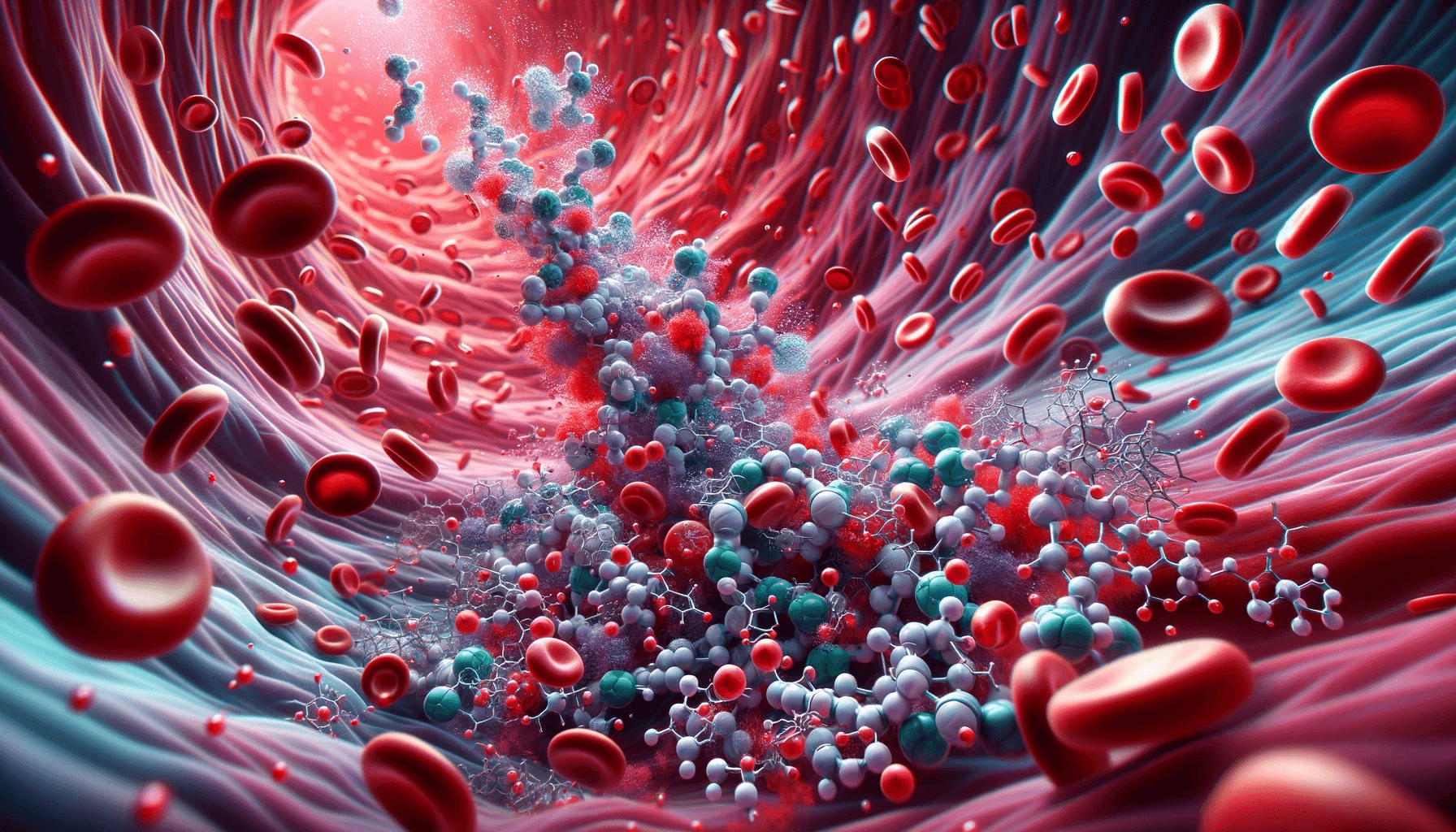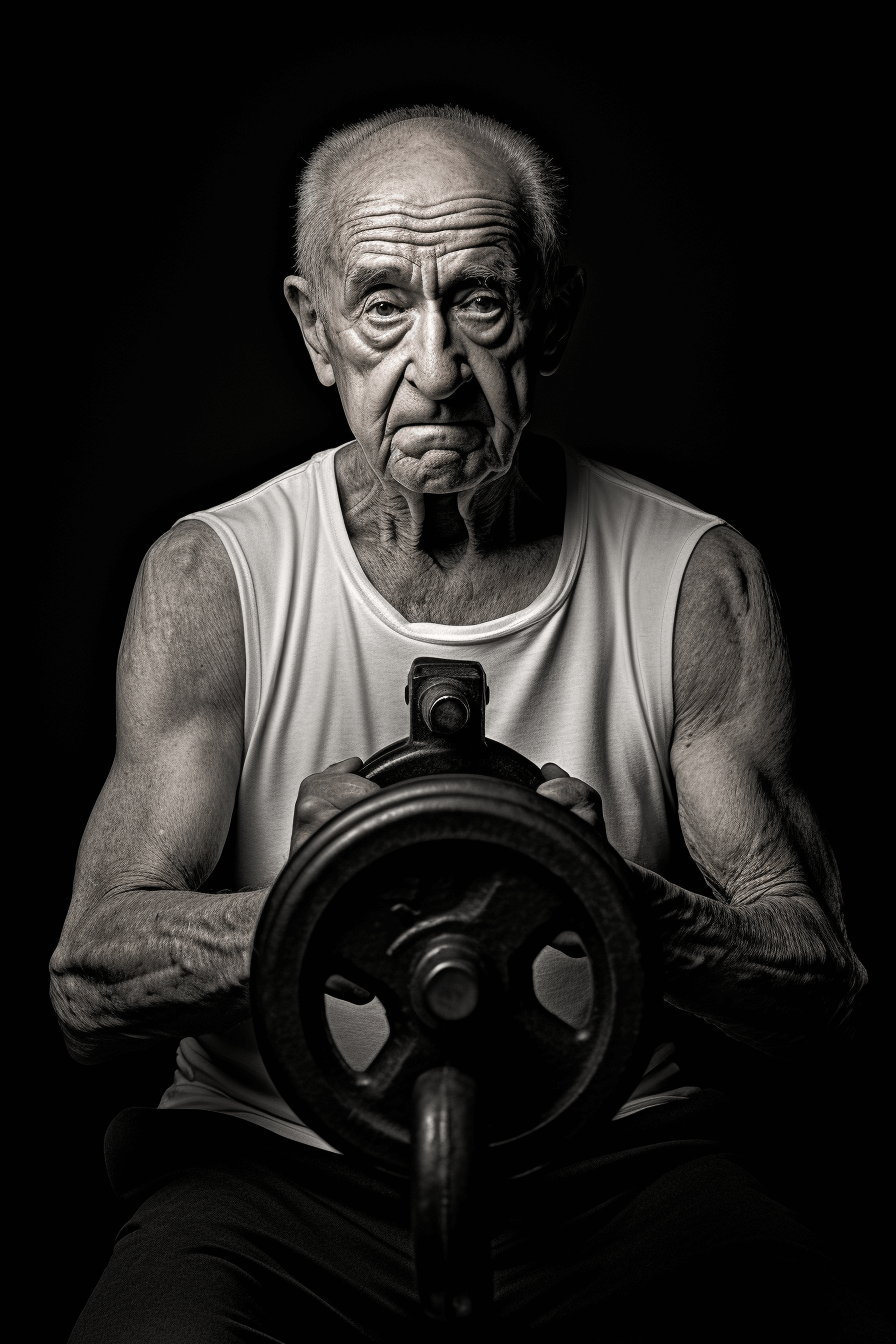As our parents age, their nutritional needs change. It’s crucial to understand these changes in seniors’ nutrition to ensure they maintain their health and vitality. We commonly run into three problems: dehydration, decreased protein intake and other nutrient deficiencies. As our parents age, they have less reserve and are more susceptible to any deficiencies.
The Importance of Hydration
Hydration is vital for everyone, but it’s especially crucial for older adults. As we age, our body water decreases, leaving a smaller margin of safety for water loss. The sensation of thirst decreases with age, meaning older adults may not notice when they’re thirsty. Signs of dehydration can include weakness, headaches, dizziness, and confusion. The colloquial advice of 8 cups a day may not be applicable to everyone. Instead, use urine colour as an indication of hydration. Light or colourless urine indicates they are well hydrated; dark colours suggest they likely need more fluids. Water is ideal and having a glass readily available increases the chances of them to drink. Using lemon or flavour additives can help encourage them to drink more. But tea, coffee and juices will work too. However, if a person has heart failure, please consult with the doctor about what is an appropriate fluid intake.
Water from food is often overlooked. Fruits, vegetables and soups are important sources of hydration. The following have high water content:
cantaloupe
strawberries
watermelon
lettuce
cabbage
bell peppers
cucumbers


Protein Intake for Elderly Adults
Protein is essential for maintaining muscle, strength and healing, which can progressively decrease with aging. Sarcopenia is the gradual loss of muscle which is a sign of frailty in seniors. Increasing protein intake combats this decline. Experts recommend a protein intake between 1.2 and 2.0 g/kg/day or higher for elderly adults1. Traditionally meat and eggs have been seen as a good sources of protein. Concerns about the risk of diabetes and heart disease with eggs have been raised. But increasingly, the evidence supports moderate consumption of eggs without increased risk of heart disease or type 2 diabetes. Interestingly in asians eggs may even be protective for heart disease2. Maybe you can indulge in some eggnog this holiday season. Here are some other ways to increase protein intake:
- dairy products such as yogurt or cheese
- legumes such as beans or lentils
- tofu.
- nuts
- protein shakes/meal supplements
Iron Intake for Elderly Adults
Iron deficiency anemia is common in the elderly, particularly women. This can lead to fatigue and weakness. Iron comes in two major forms: those complexed (heme) like those found in meat and non complexed (non-heme) found in vegetable sources. When taking non-heme iron or supplemental iron, taking vitamin C together increases the absorption. Iron supplementation often causes constipation or stomach upset, taking a smaller doses consistently is better tolerated and leads to the same increase in hemoglobin as taking higher doses.
To increase iron intake:
- Regularly include iron-rich foods in the diet – food sources are better absorbed than supplements. such as lean red meat, poultry, fish, beans, and fortified cereals.
- Alternative sources of iron include green leafy vegetables, beans, fortified cereals, fish and oysters
- Pair vitamin C to increase the absorption of supplemental and vegetable sourced iron. Colourful fruits and vegetables are preferable to supplements.
- Cooking in steel cookware such as cast iron adds iron to food.

With the focus on hydration, protein and iron intake that is a lot to digest (sorry dad joke). Next week will continue with some of the other nutrients to improve senior’s health. Now off to ice some cookies.



